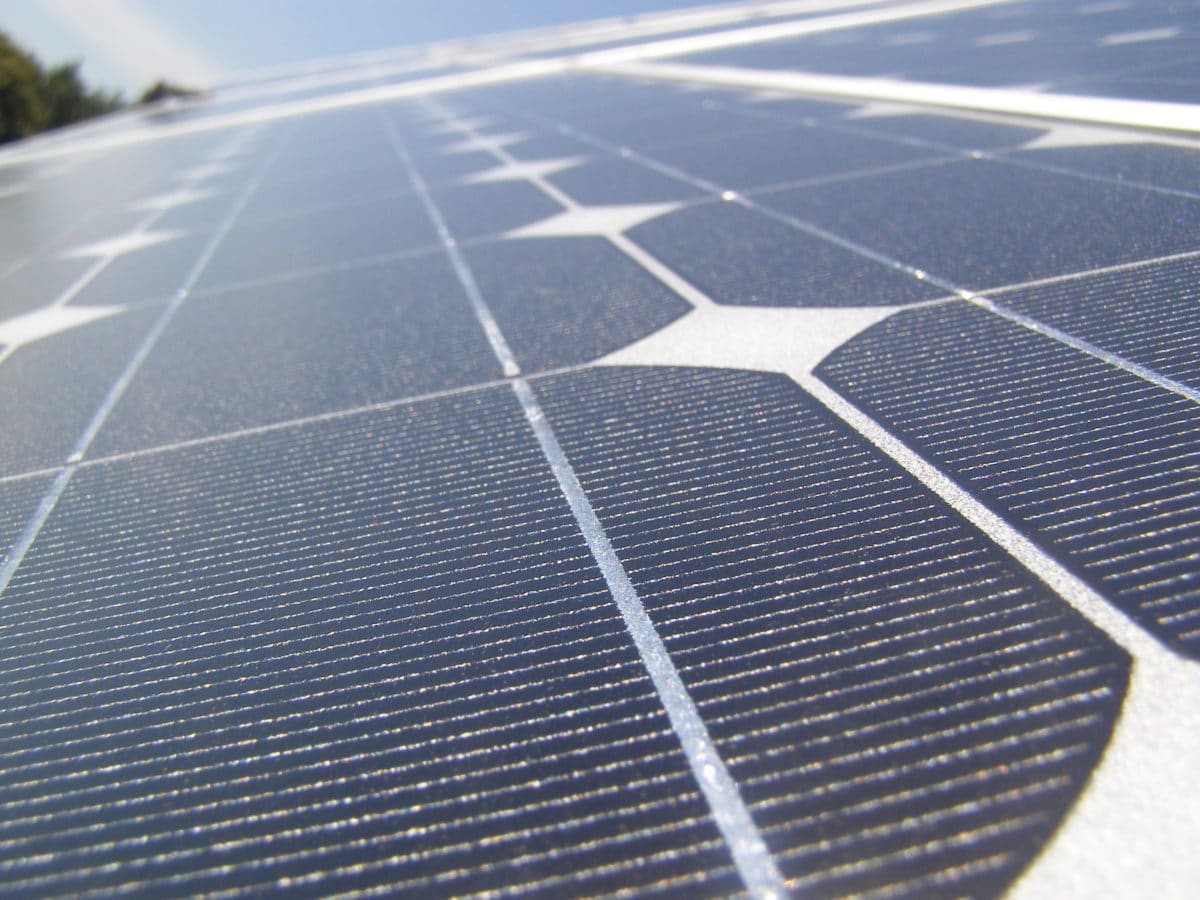From pv magazine USA
The U.S. Department of Energy announced a goal to cut the cost of solar energy by 60% within the next 10 years. It also announced nearly $128 million in funding to lower costs, improve performance, and speed the deployment of solar energy technologies.
Secretary of Energy Jennifer M. Granholm said that solar is already cheaper than coal and other fossil fuels in many parts of the country. “With more innovation we can cut the cost again by more than half within the decade.”
DOE set a new goal of cutting the current cost of 4.6 cents per kilowatt-hour (kWh) to 3 cents/kWh by 2025 and 2 cents/kWh by 2030. DOE said that by 2035, solar PV could represent between 30% and 50% of electricity supply.

The $128 million funding initiatives are through DOE’s Solar Energy Technologies Office (SETO) and aim to support advancements in perovskites and cadmium telluride (CdTe) thin films. The awards include:
$40 million for perovskite R&D: Perovskites are a family of emerging solar materials that have potential to make highly efficient thin-film solar cells with low production costs. DOE awarded $40 million to 22 projects that will advance perovskite PV device and manufacturing research and development as well as performance.
Projects that received funding included $2 million for work to design and prototype 1-meter by 2-meter tandem perovskite modules and investigate encapsulation and backsheets to enhance module durability in the field, and $500,000 to develop a new low-bandgap perovskite for perovskite-perovskite tandem solar cells. A full list of funded projects is here.
$3 million Perovskite Startup Prize: This new prize competition is intended to speed entrepreneurs’ path to commercializing perovskite technologies by providing seed capital for newly formed companies.
$20 million for CdTe thin films: The National Renewable Energy Laboratory will set up a consortium to advance less expensive CdTe thin-film solar technologies. The goal is to advance low-cost manufacturing techniques and domestic research to increase opportunities for U.S. firms to capture a larger portion of the $60 billion global solar manufacturing sector.

In addition, DOE announced $7 million for projects to increase the lifetime of silicon-based PV systems from about 30 years to 50 years to lower the cost of energy and reduce waste. The aim is to improve PV system components, such as inverters, connectors, cables, racks, and trackers.
The announcement also supports several concentrating solar-thermal power (CSP) projects.
$33 million for CSP advances: The new funding includes funding for improvements to the reliability and performance of CSP plants, which can dispatch solar energy whenever it is needed; identifies new solar applications for industrial processes, which contribute 20% of U.S. carbon dioxide emissions; and advances long-duration thermal-energy storage devices. DOE said that long-duration energy storage is critical to decarbonizing the electricity sector and couples well with CSP plants, but the cost must fall by a factor of two to unlock deployment.
$25 million to demonstrate a next-generation CSP power plant: Sandia National Laboratories will receive funding to build a facility where researchers, developers, and manufacturers can test next-generation CSP components and systems and advance toward DOE’s 2030 cost target of 5 cents/kWh for CSP plants.
Sandia also received $9 million as part of funding to establish a testing center to validate the performance of new perovskite devices. The New Mexico-based lab will join with the National Renewable Energy Laboratory in setting up the lab. NREL received $5 million in funding for its role in the initiative.
The center will be responsible for the following:
- Developing, refining, and validating accelerated life-test protocols
- Validating devices in the field to improve understanding of stability and performance issues
- Investigating the environmental impact of perovskite technologies
- Serving as an objective source of information and analysis for the investment and finance communities; and
- Accelerating cycles of innovation and speeding commercial development.
This content is protected by copyright and may not be reused. If you want to cooperate with us and would like to reuse some of our content, please contact: editors@pv-magazine.com.




1 comment
By submitting this form you agree to pv magazine using your data for the purposes of publishing your comment.
Your personal data will only be disclosed or otherwise transmitted to third parties for the purposes of spam filtering or if this is necessary for technical maintenance of the website. Any other transfer to third parties will not take place unless this is justified on the basis of applicable data protection regulations or if pv magazine is legally obliged to do so.
You may revoke this consent at any time with effect for the future, in which case your personal data will be deleted immediately. Otherwise, your data will be deleted if pv magazine has processed your request or the purpose of data storage is fulfilled.
Further information on data privacy can be found in our Data Protection Policy.